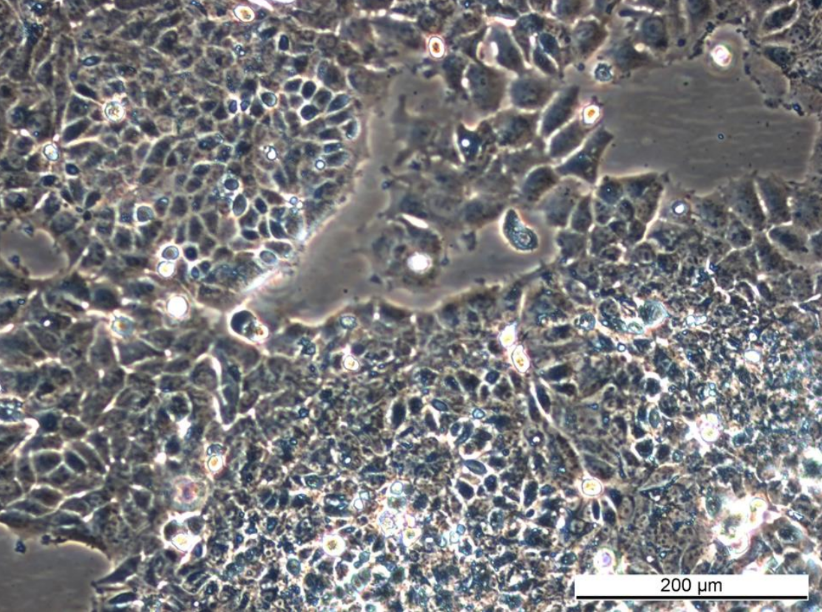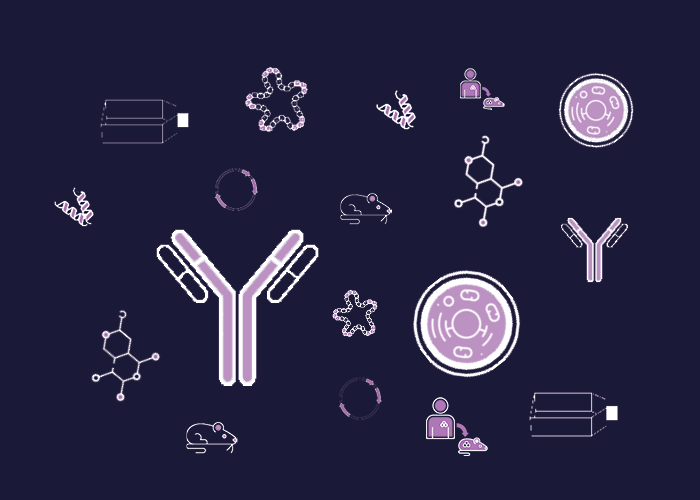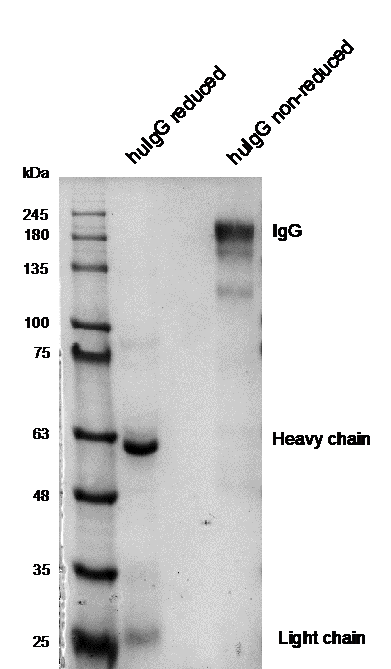Cat. #152104
MCF7/182R-1 Cell Line
Cat. #: 152104
Sub-type: Continuous
Unit size: 1x10^6 cells / vial
Organism: Human
Tissue: Breast
Disease: Cancer
Model: Tumour line
£800.00
This fee is applicable only for non-profit organisations. If you are a for-profit organisation or a researcher working on commercially-sponsored academic research, you will need to contact our licensing team for a commercial use license.
Contributor
Inventor: Anne Lykkesfeldt
Institute: Danish Cancer Society
Primary Citation: Lykkesfeldt et al. 1995. Int J Cancer. 61(4):529-534. PMID: 7759159.
Tool Details
*FOR RESEARCH USE ONLY (for other uses, please contact the licensing team)
- Name: MCF7/182R-1 Cell Line
- Alternate name: MCF-7/182R-1
- Cancer: Breast cancer
- Cancers detailed: Breast cancer;Fulvestrant resistant
- Research fields: Cancer;Drug development
- Tool sub type: Continuous
- Parental cell: MCF7 S0.5
- Organism: Human
- Gender: Female
- Tissue: Breast
- Disease: Cancer
- Model: Tumour line
- Description: The MCF7/182R-1 Cell line is a breast cancer cell line resistant to fulvestrant (Faslodex). The MCF7/182R-1 cell line is a human breast cancer cell line established from a clone of MCF7/S0.5 cells. The cellular classification is epithelial, and their shape is polygonal. Treatment with the steroidal anti-estrogen fulvestrant has proven effective upon progression on tamoxifen therapy and is now approved for second-line treatment after tamoxifen or aromatase inhibitors. As for tamoxifen treatment of advanced breast cancer, resistance will inevitably occur also for fulvestrant. Clarification of the molecular changes associated with the resistant growth is needed to find targeted treatments to resistant tumour cells and treatments that can inhibit or delay the emergence of resistance.
- Application: Investigation of molecular changes
- Production details: The MCF7/182R-1 cell line has been established from a clone of MCF7/S0.5 cells surviving long term growth with the pure steroidal antiestrogen ICI 182,780 in 100 nM concentration, see Lykkesfeldt et al 1995. The MCF-7/182R-1 cells can be maintained continuously in growth medium with 100 nM fulvestrant.
- Additional notes: Upon withdrawal of fulvestrant, the cells express ER alpha, although at a reduced level compared to the parental MCF7/S0.5 cell line. The MCF7/182R-1 cells do not express progesterone receptor. The MCF7/182R-1 cells express increased level of EGFR, phosphorylated EGFR and phosphorylated ErbB3 and reduced level of ErbB4 compared to the parental MCF7/S0.5 cells.
- Cellosaurus id: CVCL_1D40
Target Details
- Target: Oestrogen receptor
Applications
- Application: Investigation of molecular changes
- Application notes: Upon withdrawal of fulvestrant, the cells express ER alpha, although at a reduced level compared to the parental MCF7/S0.5 cell line. The MCF7/182R-1 cells do not express progesterone receptor. The MCF7/182R-1 cells express increased level of EGFR, phosphorylated EGFR and phosphorylated ErbB3 and reduced level of ErbB4 compared to the parental MCF7/S0.5 cells. Passage 412 (AL3423, AL3424)
Handling
- Format: Frozen
- Passage number: Passage 412 (AL3423, AL3424)
- Growth medium: Phenol red free DMEM/F12 (1:1) supplemented with 1% FCS, Glutamax 2.5 mM and 6 ng/ml insulin. Supplemented with 100nM fulvestrant to maintain resistance.
- Temperature: 37° C
- Atmosphere: 5% CO2
- Unit size: 1x10^6 cells / vial
- Shipping conditions: Dry ice
References
- Thrane et al. 2014. Oncogene. 34(32):4199-4210. PMID: 25362855.
- Frogne et al. 2008. Breast Cancer Res Treat. 114(2):263-275. PMID: 18409071.
- Frankel et al. 2006. Breast Cancer Res Treat. 104(2):165-179. PMID: 17061041.
- Frogne et al. 2005. Endocr Relat Cancer. 12(3):599-614. PMID: 16172194.
- Bradshaw et al. 2004. Curr Med Chem. 11(8):1009-1021. PMID: 15078163.
- Lykkesfeldt et al. 1995. Int J Cancer. 61(4):529-534. PMID: 7759159.








